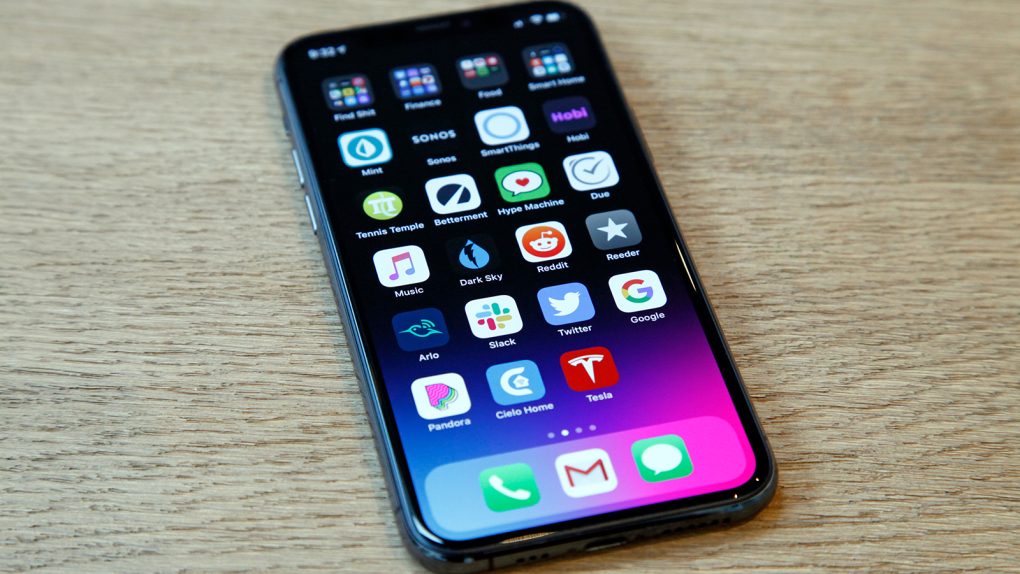Apple released the latest iOS 14.5 beta a few days ago, which includes a few new features that public beta testers can try before the final iOS 14.5 build releases to all supported iPhones — iPads get their own iOS 14.5 beta and updates. One of those new features concerns an iPhone battery bug that might impact a specific category of iPhone users. We’ve already told you that iOS 14.5 will include a new battery calibration feature that will target all iPhone 11 models. Some of these devices display inaccurate battery health information, reduced peak performance capability, and can experience unexpected battery draining. In some cases, a service battery warning might appear. iOS 14.5 is meant to automatically fix those problems, and the following video shows you what you can expect from the process.
The same 9to5Mac that found the recalibration tool in iOS 14 code has put together a video showing all the new iOS 14.5 beta 6 features, including the battery recalibration features.
To “see” the new battery feature in action, you’ll have to head over to the Settings app, look for Battery, and then Battery Health. Once in there, all iPhone 11, iPhone 11 Pro, and iPhone 11 Pro Max users will notice a warning at the top of the list titled Important Battery Message:
Your battery health reporting system is recalibrating Maximum Capacity and Peak Performance Capability. This process may take a few weeks.
The message also links to Apple’s support document detailing the iPhone 11 battery bug fix that we already addressed, which explains in full how the recalibration tool works.
As you’ll see in the video, that prompt is the only thing that changed. The user doesn’t have to do anything to recalibrate the potentially faulty battery of the iPhone 11 version he or she owns. There’s no on/off switch to enable recalibration. And it doesn’t seem to be a procedure that can be repeated at any point later. The software will handle everything, and the process takes a few weeks to complete. You’ll have to return to the same Settings section to see if the process has finished — from Apple’s document:
When recalibration is complete, maximum capacity percentage and peak performance capability are updated. The recalibration message will also be removed, indicating that the process is complete.
Apple explains that the battery service message will only reappear “if the recalibration of battery health reporting indicates that your battery health has significantly degraded.”
That’s unlikely to happen for most iPhone 11, iPhone 11 Pro, and iPhone 11 Pro Max. In the event it does happen, Apple says it will replace the battery free of charge. Apple also explains that the battery message issue doesn’t indicate a safety issue, and the battery can still be used.
The iOS 14.5 battery recalibration tool is only available for iPhone 11 versions. Other iPhone and iPad models will not even show the Important Battery Message prompt above, as those batteries do not need to be recalibrated. iPhone 11, iPhone 11 Pro, and iPhone Pro Max owners who are not on the developer or public beta versions will have to wait for the final iOS 14.5 build to roll out to take advantage of the battery recalibration feature.
9to5Mac’s hands-on video with iOS 14.5 beta 6 on an iPhone 11 follows below:








